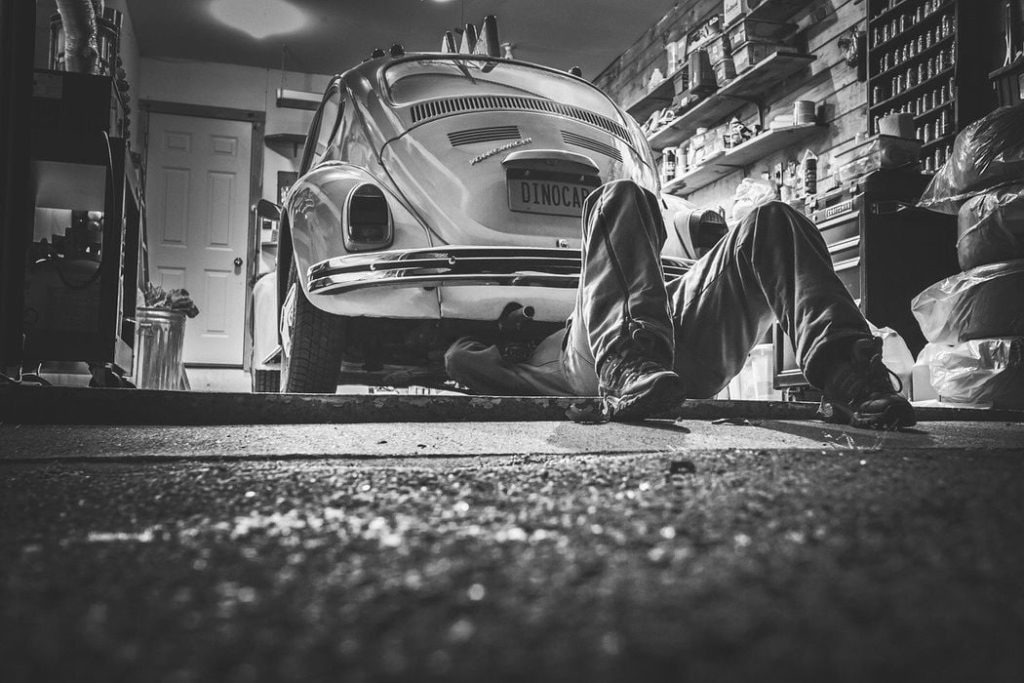
Image Source: pixabay.com
If you’re in the market for a vehicle, you’ve got a big decision ahead of you. There are a lot of factors that go into choosing the right car, including the climate where you live, the activities you’ll be using the vehicle for, the number of people and pets that need to fit in it comfortably, and, of course, finances.
Beyond the things the vehicle needs to have, there are likely additional things you want it to have. In today’s world of chip shortages and skyrocketing gas prices, the right vehicle at the right price can be exceedingly hard to come by. Fortunately, that is changing, thanks in part to 3D printing.
3D Printing for Vehicles
As 3D printers have become more affordable and widely available, more and more people are finding creative uses for them, including working on vehicles.
Though we are a long way off from completely 3D printing vehicles, many car companies are now in the business of printing parts. This is happening both in the design and production phases. For instance, many companies will print 3D models of parts to make sure everything is custom fit and as efficient as possible before building them with more traditional materials.
Beyond standard vehicle parts, 3D printed vehicle designs can also help expand access to vehicles for a lot of people. For example, 3D printed designs can help specialty automakers develop customized cars for people with disabilities. 3D printing is a much cheaper way to test models and make sure they are going to work as expected before committing to a full-on run of manufactured parts.
Keeping Costs Down
For consumers who are interested in purchasing a new car, maintaining their current car, or rebuilding a vintage vehicle, one of the greatest benefits of 3D printing is this ability to drive down costs. As previously mentioned, 3D printing can help designers customize and test car parts before going through the manufacturing process at a much cheaper rate, and many of these savings can be passed down to customers.
Car manufacturers are realizing that it is quicker and easier to have 3D printers on site to make certain parts. Doing so reduces the time they have to wait for parts to be manufactured and delivered. Companies such as Ford have saved billions of dollars and millions of hours of work using these practices.
3D printing can also reduce the environmental impact associated with the processes that go into manufacturing vehicle parts. Again, Ford is a prime example of this in action. Ford is collaborating with Hewlett-Packard and companies that produce invisible dental aligners in order to reuse plastic waste materials and print vehicle parts.
It works like this: 3D printers are used to produce customer retainers for thousands of dental patients each year. The plastic ‘dust’ and other waste material from this process is processed by another company into pellets that are then sold to automotive parts makers to create fuel-line clips. Ford says these clips not only save all of that waste product from going to the landfill but also cost about 10% less to produce and are about 7% lighter.
The Right to Repair
Consumers who are interested in doing their own repairs aren’t about to be left out of the savings either. It is becoming more and more realistic to consider a 3D printer as a tool that could be used in every mechanic’s garage. 3D printers are great ways to cheaply produce interior or other plastic parts that are not necessarily the workhorses of the vehicle.
Soon, it may even be realistic for car dealerships to keep their own 3D printers and print specific parts based on model numbers for a small fee. Doing so would enable people to access quality parts at an affordable rate — including home mechanics that regularly avoid dealerships.
All of these factors should play into any decision about a vehicle. 3D printed parts have the potential to drive down the cost of parts and accessories for both manufacturers and home mechanics. In the end, this could help you make an informed decision about the right vehicle for you.

